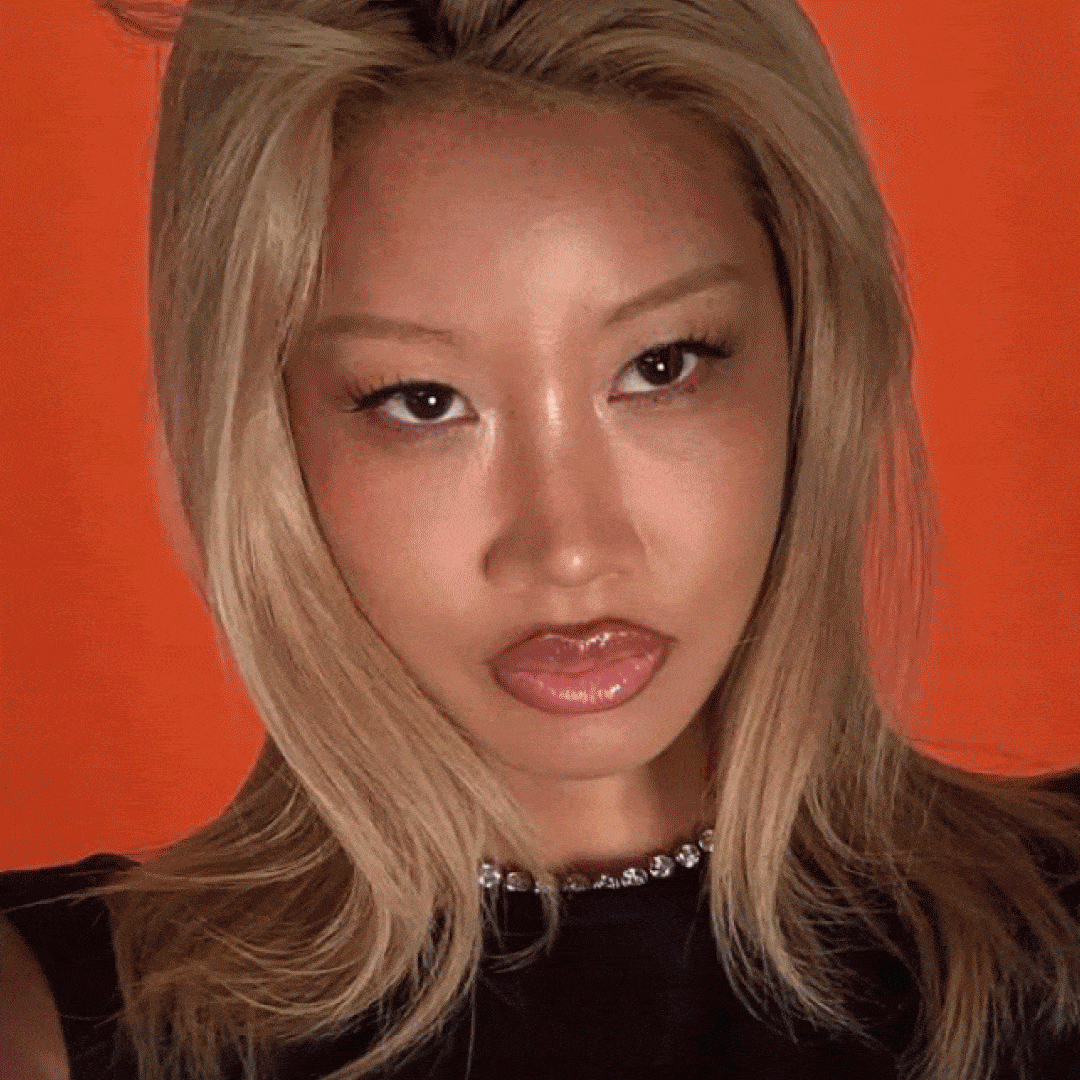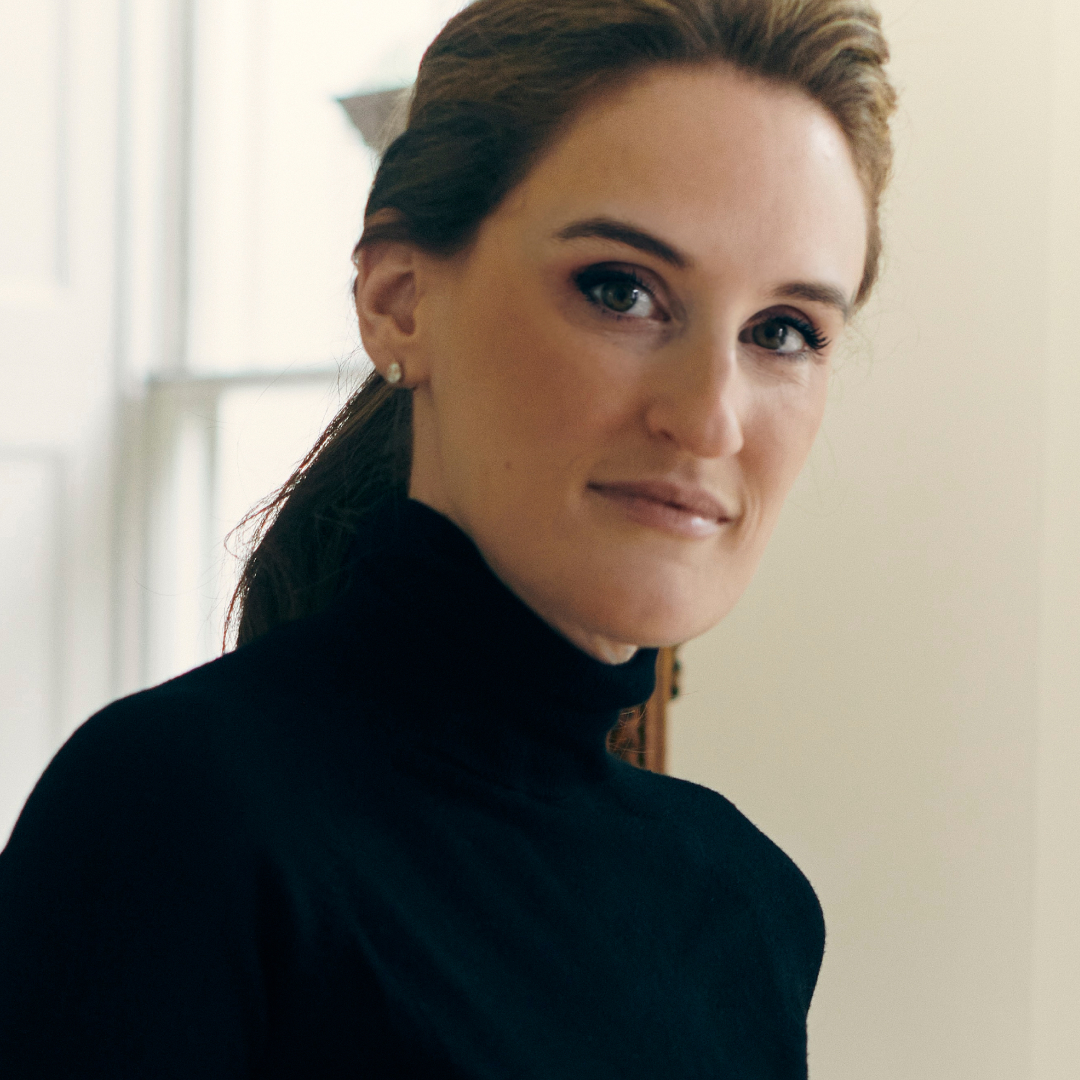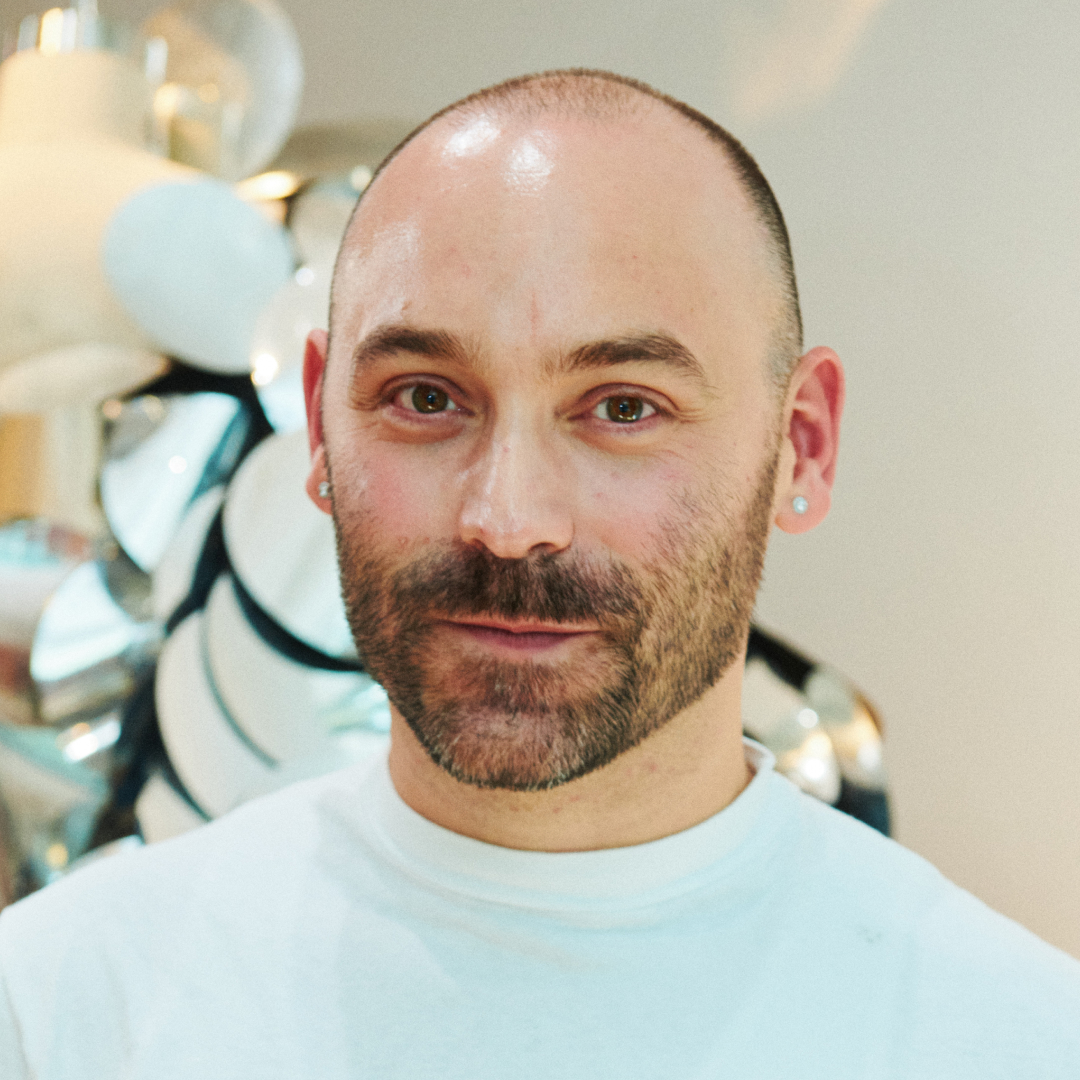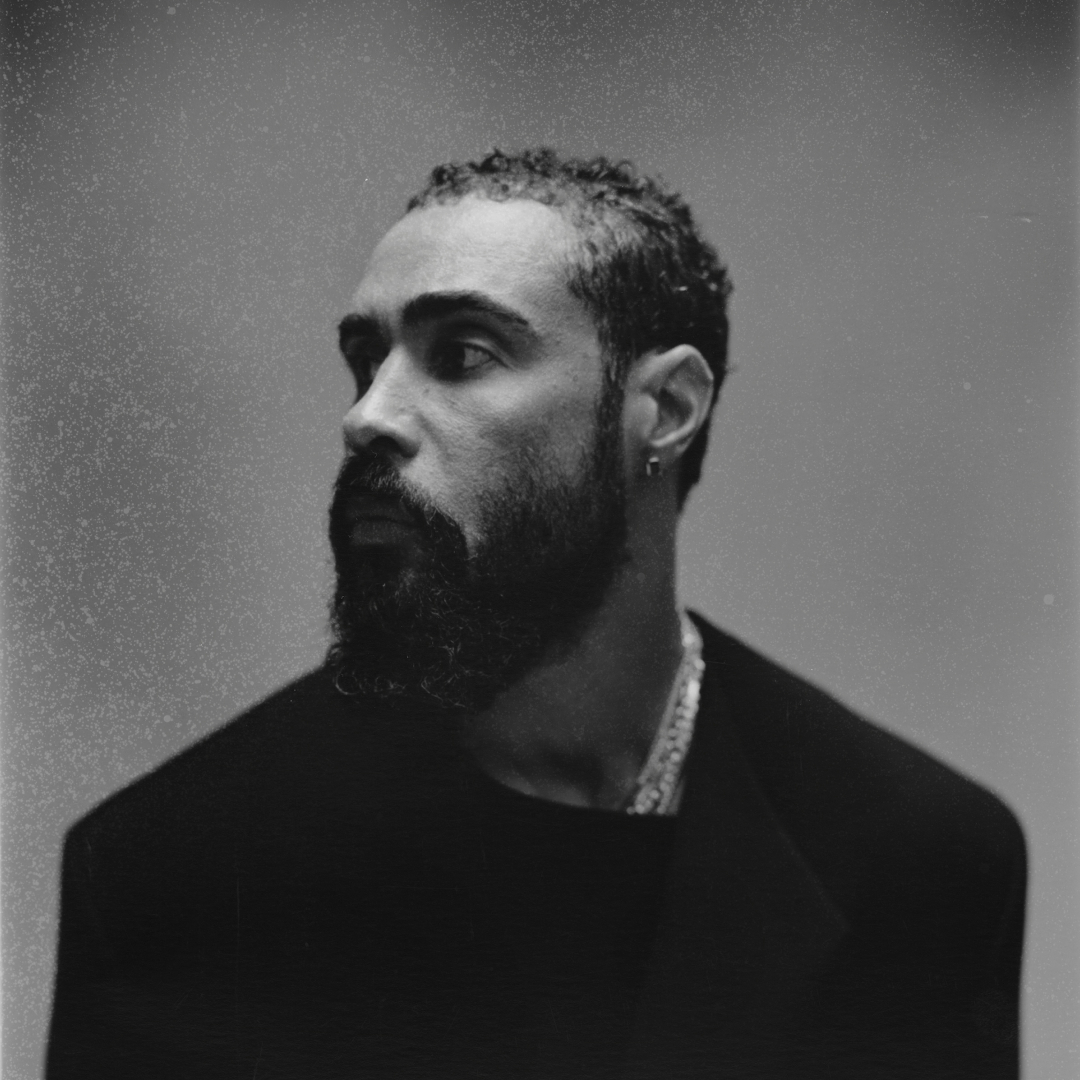Show Notes
Summary
For GQ’s global fashion correspondent Samuel Hine, clothes have always been more than fabric; they were a form of identity long before they became his career. Growing up as an identical twin in Chicago, he learned early that style could be a language of individuality. That instinct eventually led him to New York, a meeting with Will Welch (through a friend of his grandmother, no less), and what’s now a decade-long career shaping how we read and interpret menswear.
In this conversation, we talk about the evolution of fashion criticism, the rebirth of men’s style, and why GQ’s “new new masculinity” reflects more than just trend but a cultural recalibration. Hine shares his thoughts on writing as both love and labor, the designers moving fashion forward with integrity over hype, and what he calls a quiet “masculine renaissance” where men might not all be okay, but at least they’re dressing the part.
“I never thought of being visible or outward-facing as a strategy. I just always felt that being out in the world—seeing what people are wearing, what they’re talking about—is part of the job. It’s not just a role you perform, it’s a person you become.” - Samuel Hine
Episode Highlights
- Finding identity through clothes — Growing up as an identical twin in Chicago’s North Shore, Samuel used clothing to differentiate himself, from refusing blue jeans to obsessing over Oxford shirts and shaggy sweaters.
- From Chinese and history to fashion — A self-described reader before writer, he majored in Chinese and history, then realized fashion could be his intellectual project as much as his personal style.
- Early media spark — Running his high school radio station and interviewing Liz Phair showed him media could be a passport into worlds far from his suburban life.
- Studying men’s fashion criticism — An independent study traced men’s fashion writing from Oscar Wilde to Tumblr, convincing him there was space to take menswear as seriously as he did.
- The GQ break — A friend of his grandmother connected him to Will Welch; he started as Welch’s assistant, then grew with the brand across print, web, social, and events.
- What the global correspondent does — “Go where the action is.” He covers the men’s and co-ed weeks worldwide, files features and fast leads, collaborates with 13 GQ markets, and lives between planes and pages.
- Show Notes and niche obsession — His GQ newsletter lets him cover the hyper-specific: show reviews, underground designers, and off-runway lore, building a direct pipe to readers beyond SEO.
- Who’s winning now — He praises Ralph Lauren for steady world-building over clout-chasing, and singles out Dario Vitale’s Versace debut for feeling genuinely fresh, young, and wearable.
- Who would matter without hype — Designers who would make clothes regardless of money or press: Eckhaus Latta, Kiko Kostadinov, Telfar. Purpose and compulsion over noise.
- What’s contemporary now — Print. As an antidote to algorithmic brain-rot, magazines channel human taste and help readers develop their own; the medium feels newly vital.
Notable Quotes:
“Part of my early attraction to clothing was trying to find some sort of identity, to differentiate myself from my twin brother. We were extremely close and looked very similar, but I didn’t love being seen as a unit. Clothes became a way to embody my own person somehow.”
“Media, whether as a writer, journalist, or even a kid running a high school radio station, was a way to access worlds that fascinated me but felt far away from my suburban upbringing.”
“I realized that the fashion media ecosystem just didn’t take men’s fashion as seriously as I was taking it. At the time, the menswear world was small, but I thought, if I’m this obsessed, there must be millions of other guys out there like me.”
“Conde Nast always felt like this beacon of taste. When I visited the offices as a kid, surrounded by these impossibly chic women, I remember thinking this must be the center of the world.”
“My job is to go where the action is. It’s always Fashion Week somewhere. I feel lucky to be in those spaces, to talk to the designers, to see what’s new, and to help translate that energy for readers.”
“The one thing that’s remained constant here is passion. The black cars are gone, the clothing allowances are gone, but the work still matters. Everyone who’s here really cares, and that comes through in the magazine.”
“I never thought of being visible or outward-facing as a strategy. I just always felt that being out in the world—seeing what people are wearing, what they’re talking about—is part of the job. It’s not just a role you perform, it’s a person you become.”
“I don’t know if men are okay, but they’re definitely buying clothes. I think we’re living through a real revolution in masculinity—men caring about how they look, expressing themselves creatively through what they wear.”
“If you stripped away all the hype cycles, what you’d be left with are the people who would still be making clothes no matter what—designers who can’t help themselves. That energy is what drives fashion forward.”
“One of the antidotes to internet brain rot is print magazines. There’s no algorithm. The algorithm is people’s taste. And tapping into that helps you develop your own—how you want to dress, how you want to live. It feels more relevant than ever.”






























































































